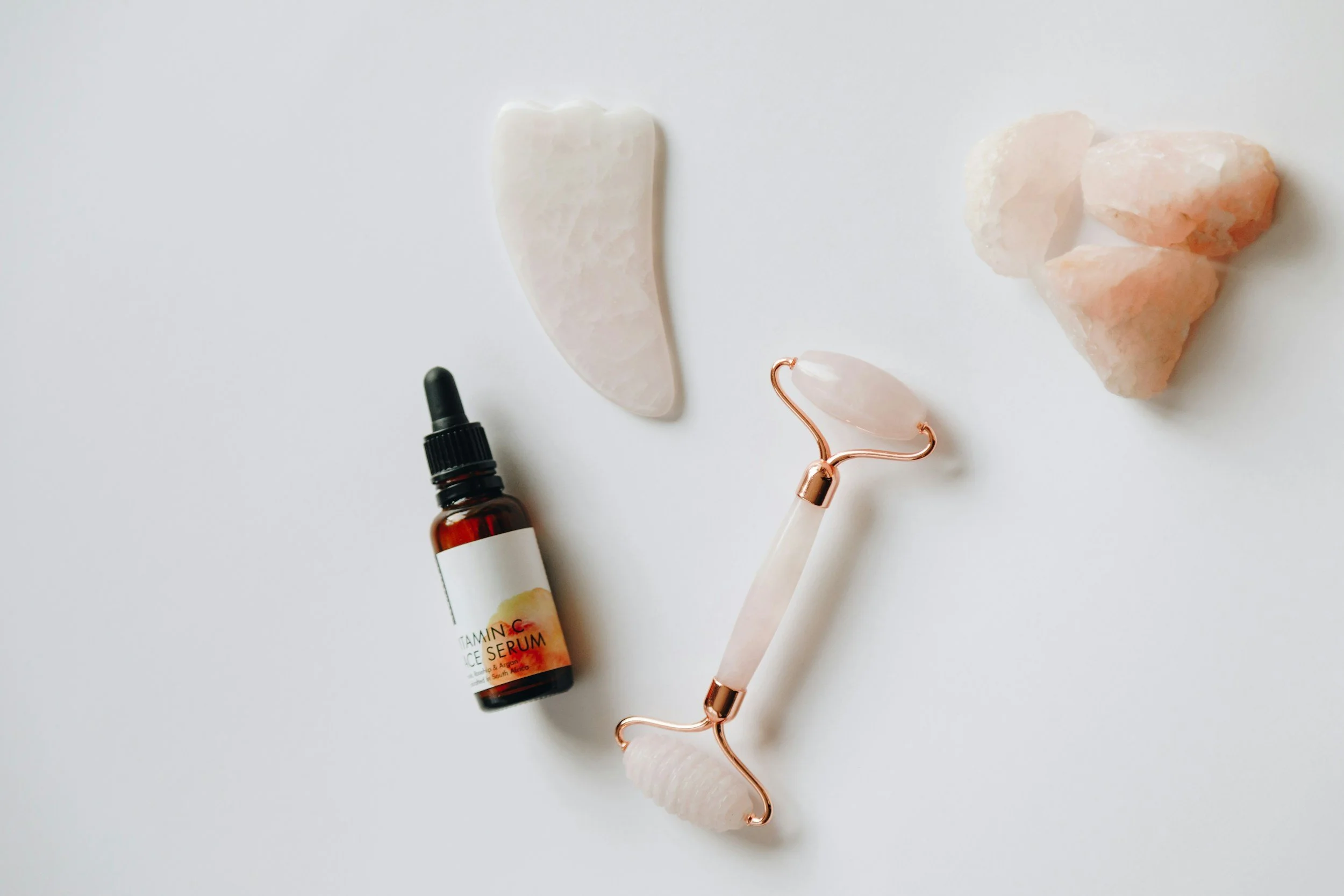Breast Self-Exam: How To Check If You Have A Lump
By Allen Brown
This article is all about breast self-exam. Do you know what it is? It's when people learn how to check for lumps in their breasts, and learn to identify any changes in their breasts over time. If you are a woman who wants to know more about your body, this article will help!
What is a breast self-exam
Breast self-exam is the process of manually checking your breasts for any abnormalities. Learning how to do a breast self-exam does not take much time, and it's something that you can learn on your own so there are no doctors involved! When you learn how to check yourself at home, you will have an idea of what should feel normal in terms of feeling different lumps or other potential changes.
This way if anything unusual comes up, then you'll know as soon as possible and be able to see a doctor right away if necessary. Some people think about their body every day since they were young girls – others might forget all about taking care of themselves until later life when they start having children (and even beyond!).
Importance of mammograms for early detection of cancer
One of the most important things for women to learn about is getting regular mammograms, which can detect early signs of breast cancer before it has grown too big. It's recommended that you start having these done at age 40 but learn more about when your doctor might suggest doing them earlier or later depending on factors such as family history and other health issues.
How to do a breast self-exam
So let's learn about how to do a breast self-exam. First, you'll need to learn where your breasts are located on your body, and then check those locations during the exam for anything that feels different from normal – whether it be smooth or lumpy!
Where would you find them? Well, they're right underneath your armpits so feel with both hands under there. They will feel somewhat spongy but also have some sort of firmness as well – this is because women have connective tissue in their chest area which helps hold everything together tightly.
The lumps should not move easily if at all when pressed upon with gentle pressure by the fingers (i.e., don't press too hard). There might be small dimples instead of lumps, but these are oil glands and not harmful.
As for size, learn how to get an idea of what's normal by feeling your breasts with both hands cupped around them – the breast tissue should feel somewhat evenly distributed in each hand without any clear bulges or gaps between one side vs. the other (this is because women have multiple layers of fatty tissues that help distribute weight throughout).
If you don't know where exactly to start then just cup your whole arms underneath while standing in front of a mirror until you know more about what feels "normal" to you!
Common symptoms of breast cancer
All women are at risk for developing this disease, but those who have a family history or certain factors may be more likely to develop it than others – so learn about what these factors might be too! Symptoms include:
An asymmetry between one side and another (i.e., if different from normal).
A change in skin texture including dimpling, puckering, redness/swelling of skin surrounding the nipple, "orange peel" appearance.
Nipple retraction – when nipples appear pulled inward into the chest instead of sticking out normally.
If you notice any of these changes then see your doctor immediately since they can lead to other complications.
Tips for healthy breasts, including diet and exercise as well as what not to wear under your clothes!
Be sure to know more about what's normal for you and how often you should be doing your breast self-exam.
Eat a healthy diet with lots of fruits, vegetables, whole grains, yogurt/milk products (such as cheese or another dairy), lean meats like fish or poultry without the skin, etc. Also, drink at least eight glasses of water every day!
Exercise is also important – lumps are often caused by fatty tissues so know more about how to exercise safely while still getting benefits!
Lastly, what you wear can affect your breasts too – know more about which bras are safest for women and why this matters. For instance, avoid underwire bras or anything that's tight around the ribs/back area since it puts pressure on them over time.
Hopefully, you've found this article helpful in understanding how to do a breast self-exam, what symptoms of breast cancer may look like, and when it's time for mammograms. To make sure your breasts stay healthy all year long, take care of the choices you make about diet and exercise as well as clothing options under your clothes!
HOW DO YOU FEEL ABOUT FASHION?
COMMENT OR TAKE OUR PAGE READER SURVEY
Featured










Wallet designs have not been immune to changing fashion and function space trends.